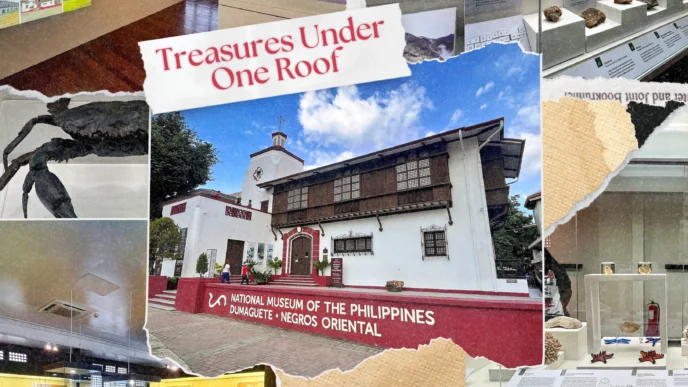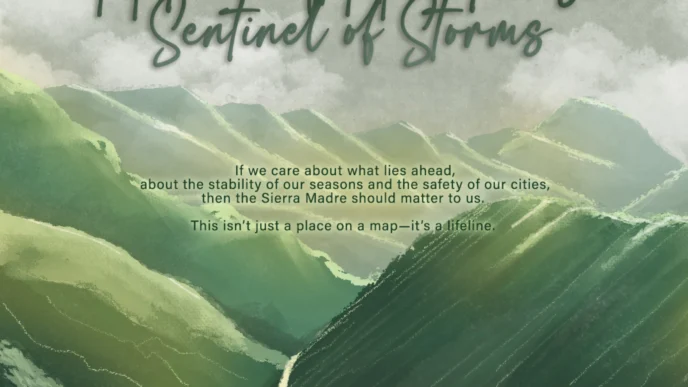While a typhoon is already a burden in itself, the delayed announcements of class suspensions place students in an even more challenging situation — such as the recent onslaught of tropical cyclone Bebinca and enhanced Southwest Monsoon in the entire Negros Island Region.
As a committed government promoting its citizens’ safety and security, pursuing initiatives that cater to disaster risk reduction and response should be its utmost priority. Moreover, while some disasters take place spontaneously, others can be predicted by technologies adopted by authorities, such as weather forecasting.
Last Sept. 13, at 4:33 a.m., the Philippine Atmospheric, Geophysical and Astronomical Services Administration (PAGASA) released a synopsis of how the Southwest Monsoon would affect Southern Luzon, Visayas, and Mindanao. According to its forecasted weather conditions, Visayas would experience flash floods and landslides due to moderate to heavy rainfalls.
Despite these warnings, students and government employees across Negros Oriental were left to face the severe weather conditions as no immediate response was enacted. It wasn’t until 10:40 a.m. that Executive Order №51, s. 2024, was released, which officially suspended classes at all levels and halting operations in government offices across the province.
And therein lies the question: if a warning was already issued before office hours, why did the government release the advisory at 10:40 a.m.?

The more than six-hour difference between the warning and advisory questions the government’s ability to respond to disasters. If predictions of flash floods and landslides have been made, the government should already perform precautionary measures to protect its constituents.
While education units of the national government, such as the Department of Education and Commission on Higher Education, have the ultimate responsibility in making such decisions, local governments are still given the autonomous right to act upon rightful and timely suspensions.
Another concern includes Silliman University’s (SU) continuation of required activities despite the typhoon.
Last Sept. 14, the Culture and Arts Council hosted “Kuwerdas Filipinas: Symphonic Rondalla” at the Claire Isabel McGill Luce Auditorium.
On the day of the said show, PAGASA released a general flood advisory concerning the Southwest Monsoon’s continued impact, forecasted conditions on scattered rains and thunderstorms, and a heavy rainfall warning for the region.
These warnings alone should have already encouraged SU to implement contingency plans. Despite their probable insistence on continuing with the show, the university should have required its academic personnel to rescind any academic task requiring a student to physically attend the event.
One student took to Facebook asking, “Why does Silliman University allow Luce Auditorium to hold shows [when] there’s actually a typhoon in the city? Students might risk their lives just to comply [in] watching a show.”
Moreover, we acknowledge the structure of the decision-making authorities in both the city and province. We, too, understand that SU structures its decisions on suspending classes based on what is advised by the national, provincial, or local governments. However, the crucial act of ensuring that no student is pressured to attend a required activity during a typhoon is a responsibility they must shoulder.
The Weekly Sillimanian implores that both the Negros Oriental Provincial Government and SU to adapt weather forecast warnings with urgency. Despite these forecasts being only grounded on possibilities, both institutions should avoid any harm nor a lack of disaster response that concerns the safety and well-being of both citizens and students.














